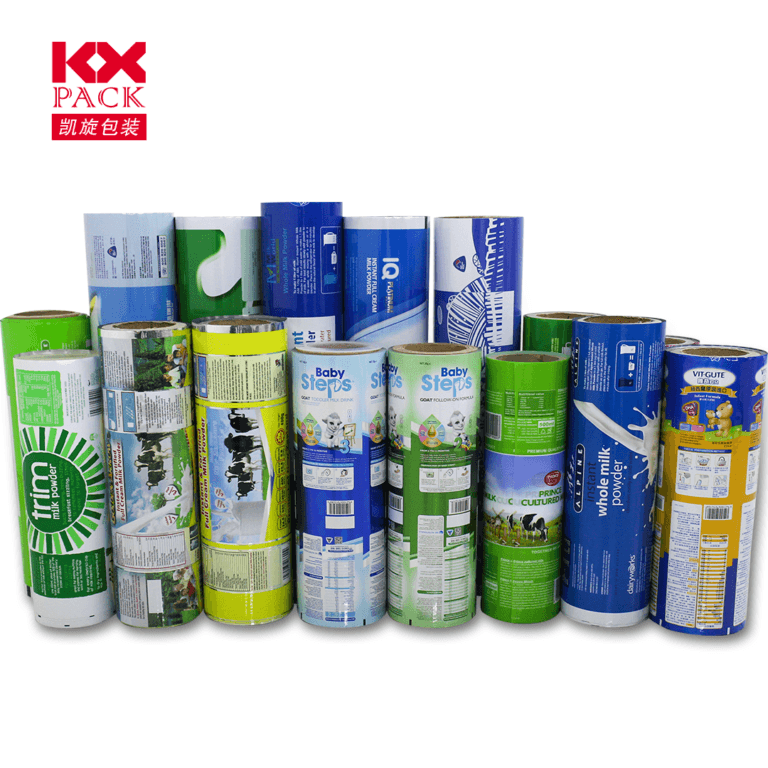フードグレードのプラスチックフィルム: 安全性ガイド, 持続可能性, キッチンでのスマートな使用
フードグレードのプラスチックフィルム
フードグレードのプラスチックフィルム
In modern kitchens, フードグレードのプラスチックフィルム—commonly known as cling wrap, 提案ラップ, またはフードラップ - 新鮮さを維持するための定番です, 流出を防ぐ, パッケージング残り物. しかし、プラスチックの安全性と環境への影響についての懸念が高まっています, 消費者も企業も同様に、この汎用性のある素材をどのように使用するかを再考しています. Whether you’re wrapping sandwiches, 肉のマリネ, or storing produce, here’s everything you need to know about food grade plastic film, from safety standards to eco-friendly alternatives.
1. What Makes Plastic Film “Food Grade”?
Not all plastics are created equal.Food grade plastic film is specifically manufactured to meet strict safety regulations that ensure it won’t leach harmful chemicals into food or beverages. Key characteristics include:
- Non-Toxic Materials: Made from plastics like ポリエチレン (PE) または ポリビニリデン塩化物 (PVDC), which are stable and resistant to acids, 油, と水分.
- Compliance with Standards: Certified by agencies like the FDA (私たち. Food and Drug Administration) または EFSA (European Food Safety Authority) for direct contact with food.
- Heat Resistance: Some films are microwave-safe (check labels!) for reheating meals without melting or warping.
2. Common Uses of Food Grade Plastic Film
From home cooks to commercial kitchens, this material serves multiple purposes:
- Preserving Freshness: Wrap fruits, 野菜, or cheese to extend shelf life and prevent oxidation.
- Marinating Meats: Create airtight seals to infuse flavors without messy spills.
- Sous-Vide Cooking: Use with vacuum-sealed bags or compatible films for precise temperature control.
- Covering Dishes: Protect bowls of salad or dough from dust and insects.
- Portion Control: Package individual servings for meal prep or on-the-go snacks.
3. Safety Concerns: Is Plastic Film Safe?
While food grade plastics are generally safe, misuse can pose risks:
- Avoid High Heat: Never use non-microwave-safe film in ovens or grills, as it may release toxic fumes.
- Skip the Plastic-on-Plastic: Don’t wrap fatty or oily foods in low-quality films for long periods, as chemicals like phthalates または BPA (in older plastics) might leach (though modern food-grade films are typically BPA-free).
- Check Labels: Look for phrases like “microwave-safe,” “FDA-approved,” or “PVDC-free” (for eco-conscious choices).
4. Environmental Impact: The Push for Sustainable Alternatives
Plastic waste is a global crisis, and traditional cling wrap contributes to the problem. Here’s how the industry is adapting:
あ. 生分解性および堆肥化可能なフィルム
- のような植物ベースの材料で作られています コーンスターチ, セルロース, または サトウキビ, these films break down naturally in compost facilities.
- Example Brands: BioBag, Tipa, and If You Care offer certified compostable wraps.
B. Reusable Options
- 蜜蝋ラップ: Cotton fabric coated in beeswax, ホホバオイル, and resin—reusable for up to a year.
- シリコンフードカバー: 耐久性のある, dishwasher-safe, and airtight for bowls and containers.
- ガラスまたはステンレス鋼の容器: Zero-waste storage for leftovers and meal prep.
C. Recyclable Plastics
- Some PE-based films can be recycled with plastic bags at participating grocery stores (though recycling rates remain low).
5. How to Choose the Right Food Grade Plastic Film
Consider these factors when shopping:
- 厚さ: Thicker films (例えば。, 12–15 microns) are more durable for heavy-duty use.
- Clinginess: High-cling films stick better to surfaces, reducing waste from loose wraps.
- Width and Length: Opt for rolls that match your needs (例えば。, narrow rolls for sandwiches, wide rolls for covering dishes).
- Eco-Certifications: Look for logos like OK堆肥 または TüvAstria for biodegradable claims.
6. Top Brands Leading the Way
- Glad ClingWrap: A household name with BPA-free, microwave-safe options.
- Saran Premium Wrap: Known for its ultra-strong cling and puncture resistance.
- Stretch-Tite: A commercial-grade film favored by caterers for its length and value.
- Eco-Friendly Picks:
- Abeego: Beeswax wraps in fun patterns.
- Stasher: Reusable silicone bags in multiple sizes.
7. Tips for Reducing Plastic Waste in the Kitchen
- Meal Prep Smartly: Use glass containers instead of wrapping individual portions.
- まとめ買い: Store dry goods like grains or nuts in reusable jars to minimize packaging.
- DIY Beeswax Wraps: Make your own using cotton fabric, beeswax pellets, and an iron.
- 堆肥スクラップ: Use biodegradable films for food waste that can’t be avoided.
8. The Future of Food Grade Plastic Film
Innovation is driving sustainable solutions:
- 食用映画: 海藻または澱粉で作られています, these wraps are safe to consume (though still niche).
- スマートなパッケージング: Films embedded with sensors to monitor food freshness in real time.
- Algae-Based Plastics: A renewable alternative to petroleum-based materials.
結論
Food grade plastic film remains a convenient tool for keeping food safe and fresh, but its environmental footprint demands mindful usage. By opting for certified safe products, exploring reusable alternatives, and supporting eco-friendly brands, you can protect both your health and the planet.
What’s your go-to method for storing leftovers? Share your tips or favorite sustainable swaps in the comments below—and let’s inspire each other to ditch the plastic! 🌱🍴
ヒントの場合: Store plastic film rolls in the fridge to reduce static cling and make them easier to handle!







